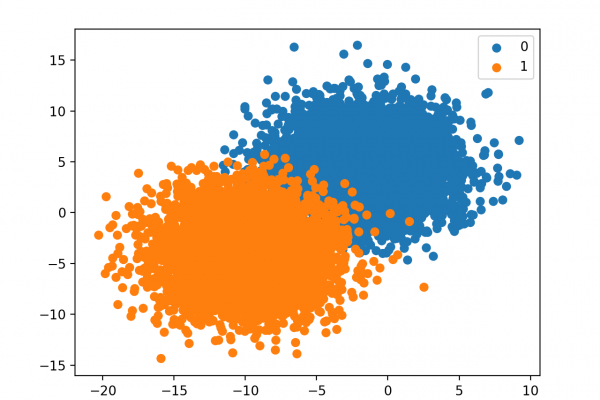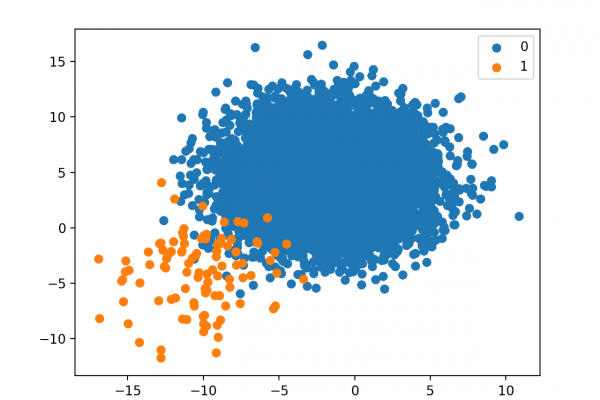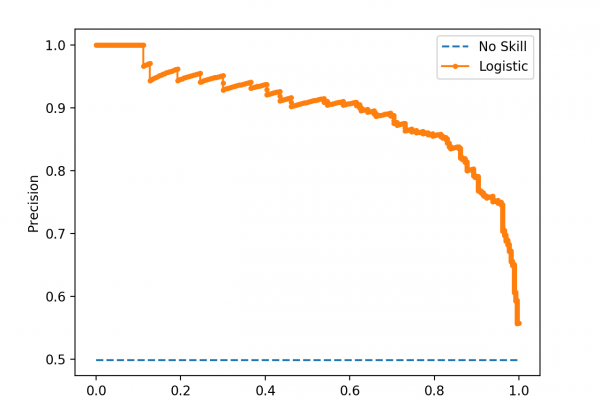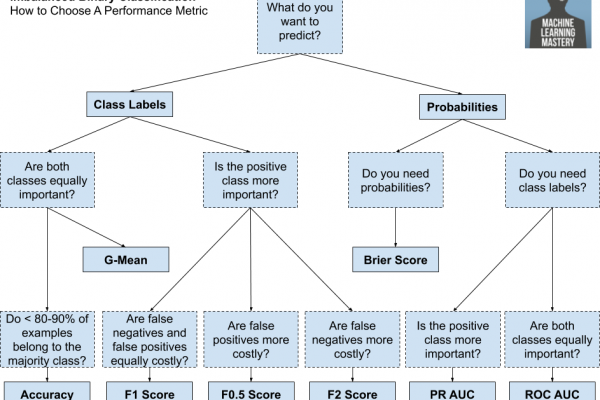8 Tactics to Combat Imbalanced Classes in Your Machine Learning Dataset
Last Updated on August 15, 2020 Has this happened to you? You are working on your dataset. You create a classification model and get 90% accuracy immediately. “Fantastic” you think. You dive a little deeper and discover that 90% of the data belongs to one class. Damn! This is an example of an imbalanced dataset and the frustrating results it can cause. In this post you will discover the tactics that you can use to deliver great results on machine […]
Read more








